Lucas Paletta
JOANNEUM RESEARCH Forschungsgesellschaft mbH
6th International Symposium on Attention in Cognitive Systems 2013
Jul 30, 2013Abstract:This volume contains the papers accepted at the 6th International Symposium on Attention in Cognitive Systems (ISACS 2013), held in Beijing, August 5, 2013. The aim of this symposium is to highlight the central role of attention on various kinds of performance in cognitive systems processing. It brings together researchers and developers from both academia and industry, from computer vision, robotics, perception psychology, psychophysics and neuroscience, in order to provide an interdisciplinary forum to present and communicate on computational models of attention, with the focus on interdependencies with visual cognition. Furthermore, it intends to investigate relevant objectives for performance comparison, to document and to investigate promising application domains, and to discuss visual attention with reference to other aspects of AI enabled systems.
An Integrated System for 3D Gaze Recovery and Semantic Analysis of Human Attention
Jul 30, 2013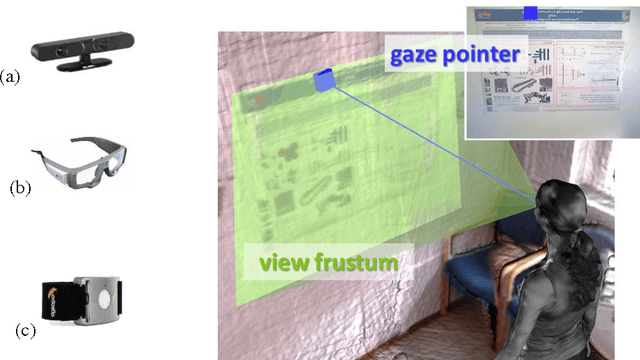
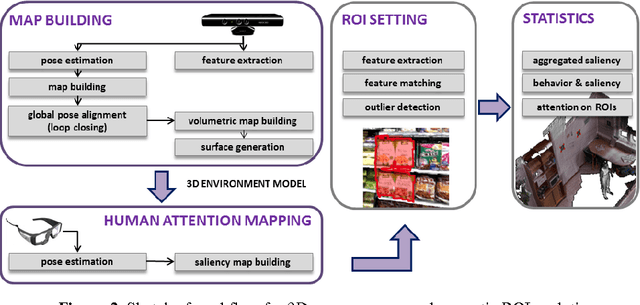
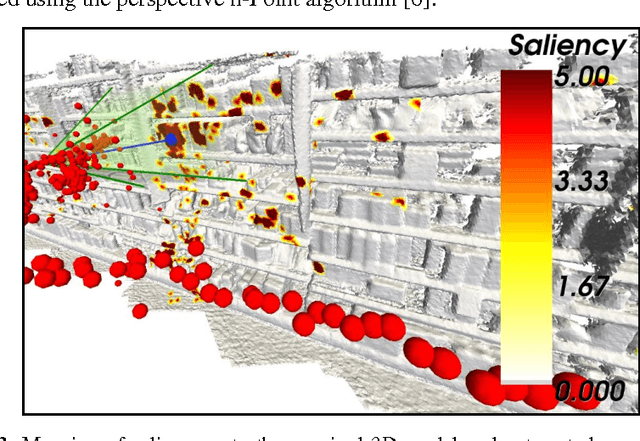
Abstract:This work describes a computer vision system that enables pervasive mapping and monitoring of human attention. The key contribution is that our methodology enables full 3D recovery of the gaze pointer, human view frustum and associated human centered measurements directly into an automatically computed 3D model in real-time. We apply RGB-D SLAM and descriptor matching methodologies for the 3D modeling, localization and fully automated annotation of ROIs (regions of interest) within the acquired 3D model. This innovative methodology will open new avenues for attention studies in real world environments, bringing new potential into automated processing for human factors technologies.
A Computer Vision System for Attention Mapping in SLAM based 3D Models
May 06, 2013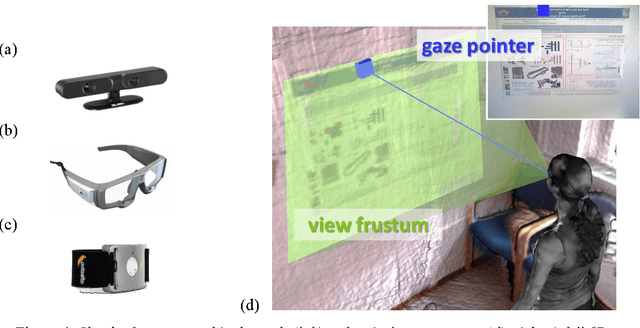

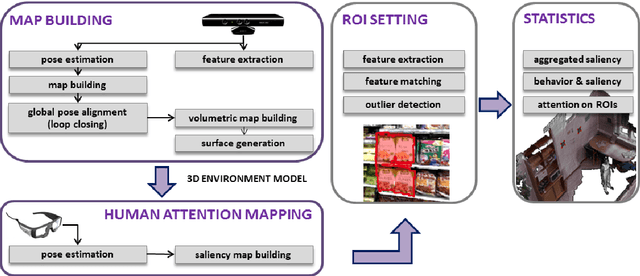
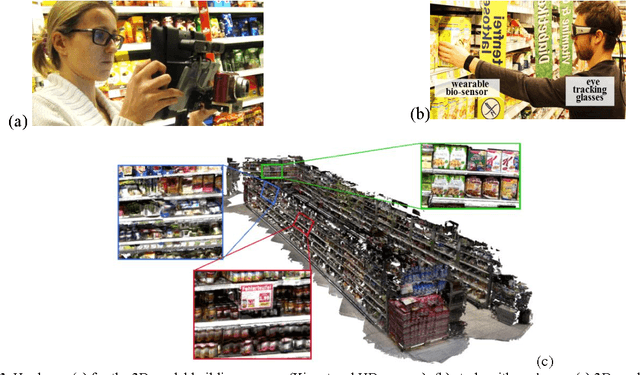
Abstract:The study of human factors in the frame of interaction studies has been relevant for usability engi-neering and ergonomics for decades. Today, with the advent of wearable eye-tracking and Google glasses, monitoring of human factors will soon become ubiquitous. This work describes a computer vision system that enables pervasive mapping and monitoring of human attention. The key contribu-tion is that our methodology enables full 3D recovery of the gaze pointer, human view frustum and associated human centred measurements directly into an automatically computed 3D model in real-time. We apply RGB-D SLAM and descriptor matching methodologies for the 3D modelling, locali-zation and fully automated annotation of ROIs (regions of interest) within the acquired 3D model. This innovative methodology will open new avenues for attention studies in real world environments, bringing new potential into automated processing for human factors technologies.
Counting people from above: Airborne video based crowd analysis
Apr 23, 2013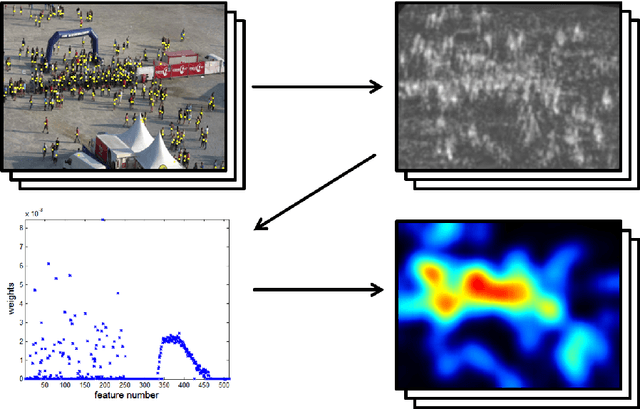

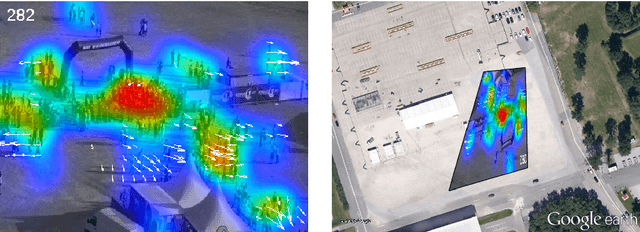

Abstract:Crowd monitoring and analysis in mass events are highly important technologies to support the security of attending persons. Proposed methods based on terrestrial or airborne image/video data often fail in achieving sufficiently accurate results to guarantee a robust service. We present a novel framework for estimating human count, density and motion from video data based on custom tailored object detection techniques, a regression based density estimate and a total variation based optical flow extraction. From the gathered features we present a detailed accuracy analysis versus ground truth measurements. In addition, all information is projected into world coordinates to enable a direct integration with existing geo-information systems. The resulting human counts demonstrate a mean error of 4% to 9% and thus represent a most efficient measure that can be robustly applied in security critical services.
 Add to Chrome
Add to Chrome Add to Firefox
Add to Firefox Add to Edge
Add to Edge